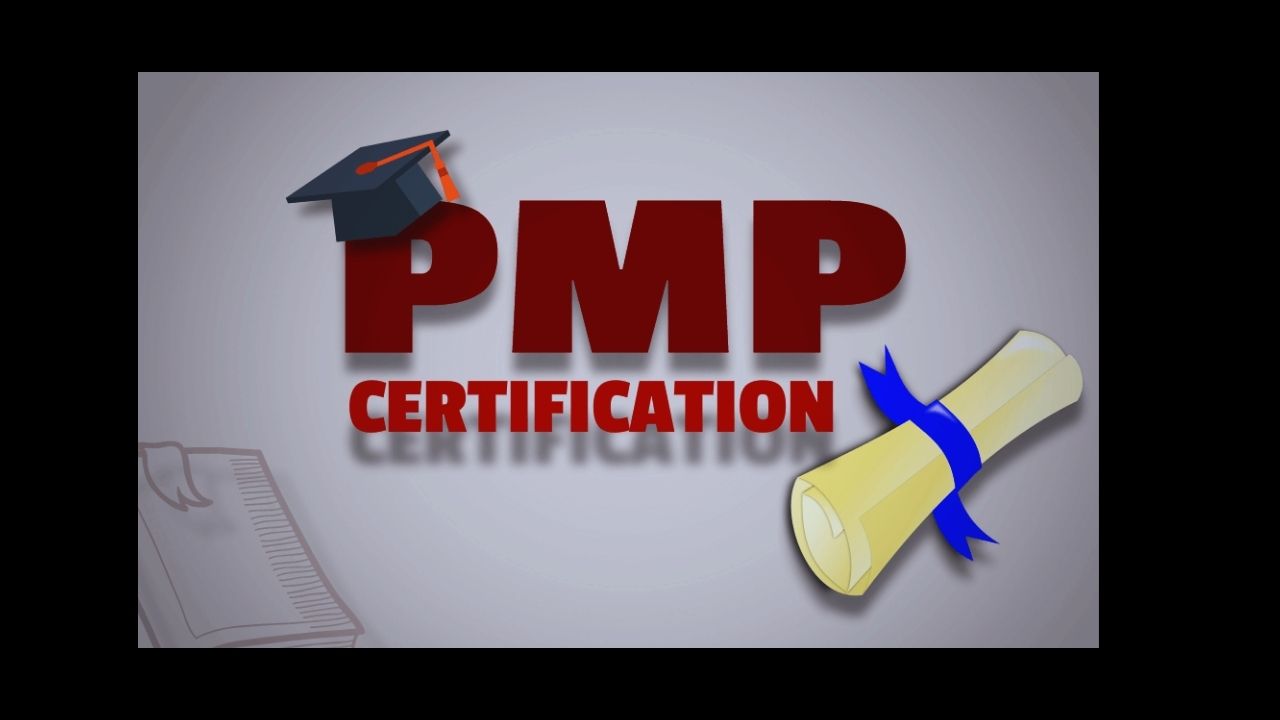
What are Agile Practices?
- There are many frameworks and methodologies that implement Agile practices, such as Scrum, Kanban, XP, Lean, and others. They provide specific tools and processes to help teams work in an Agile way, such as sprints, stand-ups, user stories, backlogs, retrospectives, and more.
- Individuals and interactions over processes and tools
- Working software over comprehensive documentation
- Customer collaboration over contract negotiation
- Responding to change over following a plan
These values emphasize the importance of people, communication, feedback, and adaptability in delivering products and services that meet customer needs and expectations.
#PMP, #projectmanagement, #certification, #careerdevelopment, #professionalgrowth
- Deliver working software frequently, from a couple of weeks to a couple of months, with a preference to the shorter timescale.
- Welcome changing requirements, even late in development. Agile processes harness change for the customer’s competitive advantage.
- Business people and developers must work together daily throughout the project.
- Build projects around motivated individuals. Give them the environment and support they need, and trust them to get the job done.
- The most efficient and effective method of conveying information to and within a development team is face-to-face conversation.
- Continuous attention to technical excellence and good design enhances agility.
- Simplicity–the art of maximizing the amount of work not done–is essential.
- At regular intervals, the team reflects on how to become more effective, then tunes and adjusts its behavior accordingly.
- There are many frameworks and methodologies that implement Agile practices, such as Scrum, Kanban, XP, Lean, and others. They provide specific tools and processes to help teams work in an Agile way, such as sprints, stand-ups, user stories, backlogs, retrospectives, and more.
What are the Benefits of Agile Practices?
- Increased customer satisfaction: By involving customers in the development process, Agile teams keep them in the loop and show that they value their opinion. Agile teams also deliver working software frequently, which allows customers to see the progress and provide feedback. This leads to higher customer satisfaction and loyalty.
- Improved quality: Agile practices use an iterative approach to development, meaning processes are improved upon each time an interval is repeated. Agile teams also perform testing and quality assurance throughout the development cycle, rather than at the end. This ensures that any defects or issues are detected and fixed early, resulting in better quality products and services.
- Enhanced adaptability and flexibility: Agile practices enable teams and organizations to pivot quickly in response to changing customer needs, market shifts, or feedback. Agile teams can adjust their strategies, reprioritize tasks, and overhaul project scopes with minimal disruption. This helps them stay relevant, competitive, and responsive in a dynamic environment.
- Reduced risk: Agile practices reduce the risk of project failure, as they allow teams to deliver value incrementally and iteratively, rather than in one big batch at the end. Agile teams can also validate their assumptions and hypotheses with customers and stakeholders, and learn from their feedback. This helps them avoid wasting time and resources on building something that nobody wants or needs.
- Better communication and collaboration: Agile practices foster a culture of communication and collaboration within and across teams. Agile teams work together daily, share ideas openly, and solve problems in creative ways. Agile teams also communicate directly with customers and stakeholders, and seek their input and feedback. This leads to better alignment, transparency, and trust among all parties involved.
- Higher productivity and efficiency: Agile practices help teams work smarter, not harder. Agile teams focus on delivering the most valuable features and functionalities first, and eliminate any unnecessary or low-priority work. Agile teams also use tools and techniques to streamline their workflows, such as automation, visualization, and optimization. This results in higher productivity and efficiency, and lower costs.
How to Adopt Agile Practices in Your Business?
- Start with the mindset: Agile is not just a set of tools and processes, but a way of thinking and working. You need to embrace the Agile values and principles, and be willing to change and improve continuously. You also need to empower and trust your teams, and give them the autonomy and support they need to succeed.
- Choose the right framework: There is no one-size-fits-all solution when it comes to Agile. You need to choose the framework that best suits your business goals, context, and culture. You can also customize and adapt the framework to fit your specific needs and preferences. You can start with a simple and popular framework, such as Scrum or Kanban, and then experiment and iterate as you go.
- Train and coach your teams: Agile practices require new skills and competencies, such as collaboration, communication, problem-solving, and customer-centricity. You need to train and coach your teams on how to use Agile practices effectively and efficiently. You can also hire external experts or consultants to help you with the transition and implementation.
- Measure and improve: Agile practices are based on continuous improvement and learning. You need to measure and monitor your performance and outcomes, and use data and feedback to identify what works and what doesn’t. You also need to conduct regular reviews and retrospectives, and implement the necessary changes and improvements.